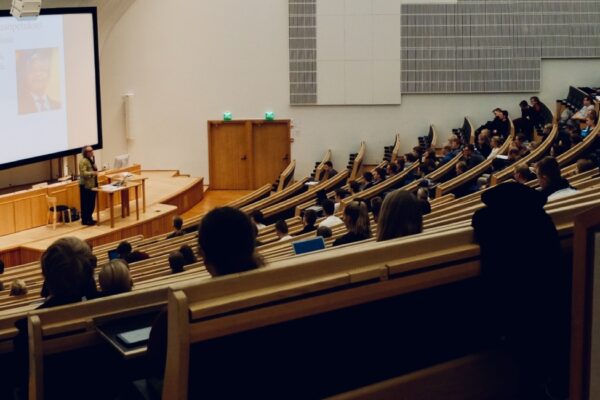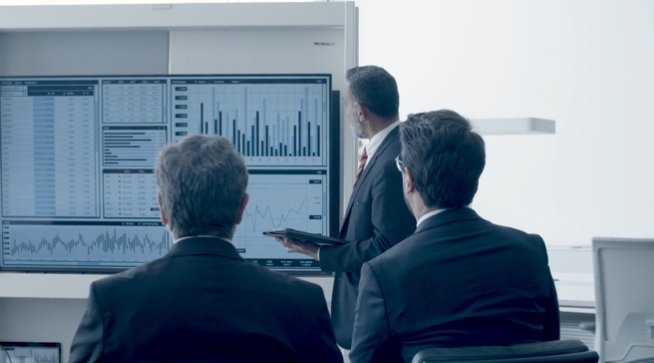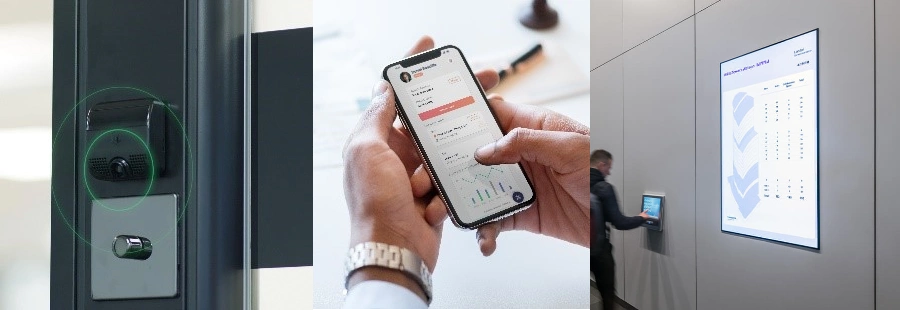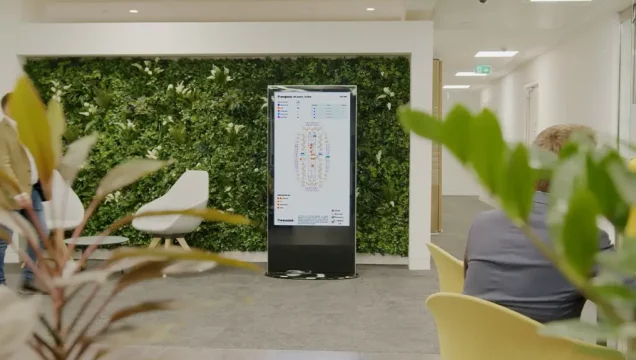

The financial pressure on UK universities is impacting the student experience, with a widening gap between the cost per student and the income generated from tuition fees and teaching grants. This is predominantly driven by:
- High inflation.
- A freeze in tuition fees.
- A downturn in international student numbers.
- Increased competition for students, staff, and research income.

For instance, the deficit per student in UK universities is projected to widen to £4,000 due to the government’s plans of freezing undergraduate tuition fees at £9,250 until 2024-25.
It’s therefore imperative that universities find transformative ways to bridge the financial gap, whilst also addressing rising student expectations.
Improving the Student Experience
After staff salaries, the biggest expenditure for universities is campus buildings and facilities. A way in which the university estates and facilities teams can leverage cost savings, whilst also improving the student experience is through space management and smart building technologies. The various options are considered below.
Understanding Space Occupancy & Demand
The university estate is vast and comprises numerous space types (i.e., lecture theatres & teaching spaces, laboratories, libraries, staff offices, student unions, canteens, and washrooms). A way in which universities can understand occupancy and demand is through the deployment of sensors. When considering sensors, ensure that they will capture the right information, including:
- Whether a building or space is occupied (ensuring the granularity of data is accessible down to the department and space type).
- Number of people in the space at a point in time.
- Number of people in the space at different times throughout the day.

As part of the evaluation, it’s important to consider the level of analytics and insights provided by workplace sensors. This is a vital component in making informed decisions, including:
- Opening times of buildings (manually aligning setting heating, lighting, and air conditioning to be aligned to core building hours).
- Consolidation of space (understanding the busyness of buildings throughout the day can help inform space consolidation to generate savings or to repurpose for other academic activities).
- Better space utilisation (identifying over-used and under-used space types and changing space configuration to meet these requirements).
- Compliance and safety (setting thresholds of maximum occupancy or air quality for areas and creating alerts when they are exceeded).
The key benefits to be realised here are savings from building rationalisation, operational cost savings, and ensuring health & safety is maintained across the campus.
Automating Building Management
There are several use cases for automated building management across a university campus. These include:
Occupancy-based: The lights, heating, and air conditioning are controlled by the presence (i.e., if no presence then they stop working).
Air quality: Based on measuring key air quality metrics such as temperature, humidity, CO2 & VOC these sensors can be placed in teaching spaces and control the environment to create the optimum learning conditions.
Usage and busyness: Based on understanding the busyness of an area (i.e., washrooms) thresholds can be set, and when the number of people entering the space exceeds the threshold an action is created (i.e., dynamically altering the cleaning team to spot clean the toilets).
There are significant benefits to be realised including the improvement to environmental credentials (i.e., energy reduction), reducing operational costs, optimising academic environments, and improving the overall staff and student experience.
Booking & Finding Spaces
These types of solutions have a big impact on the student experience and ensure that all available spaces are used to support academic work. Additionally, it can help inform which space types are in demand and help tailor space configuration and equipment purchasing.

There is often a competition for certain types of space across campus, including desks within the library or in the computer suites. The use of workplace technology can ensure that these spaces are maximised and used fairly. To enable this universities should consider three main technology options:
Booking App: Enabling students to book specific spaces to complete their academic work. The App should enable them to understand the specifics of the space (i.e., computer, quiet space, etc.,) so they can choose spaces specific to their needs.
Wayfinding Signage: These can be strategically placed in the library/building reception and can help students with locating their space or available spaces where sensors are used.
Sensors: Fitted on the ceiling and using non-optical technology to provide real-time data on whether the space is occupied. It’s important to find a solution that enables you to apply your own rules (i.e., releasing space after being vacant for an agreed period of time).
An Important Consideration
It’s essential to assess technologies for their GDPR compliance and sensors that capture anonymous data without identifying individuals. This ensures that the personal data of faculty, staff, and students are protected while providing valuable insights into space utilisation.
Additionally, any reservation tools should minimise the use of Personally Identifiable Information (PII) data and not process any special category data. This means that only essential data is collected and processed, reducing the risk of data breaches. Additionally, when selecting these technologies, it’s important to consider where the data is hosted and to assess the cybersecurity methodologies and whether they’re aligned with industry best practices.
Conclusion & Next Steps

UK universities are facing significant financial pressures and it’s crucial to find innovative ways to bridge this gap and address rising student expectations. One way to achieve this is through space management and smart building technologies, which can provide valuable insights into space occupancy and demand, automate building management, and improve booking and finding of spaces. In our experience, working with >45 global organisations this technology will result in energy and cost savings and an enhanced user experience. Implementing these solutions can help UK universities optimise their resources and focus on achieving their academic goals.
Freespace helps universities overcome these financial pressures. Contact us today to start your journey towards a more sustainable, cost-effective, and tech-enabled university campus.


